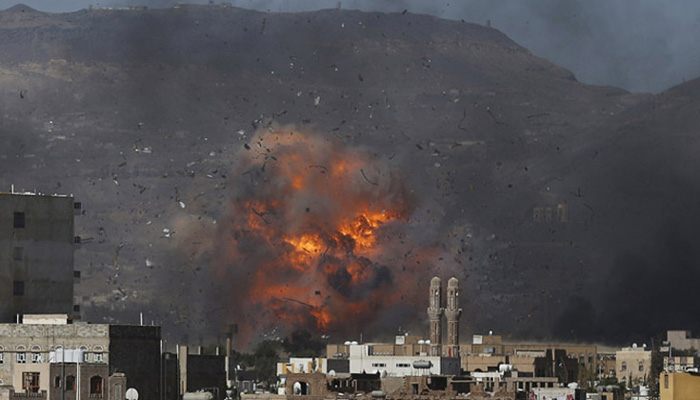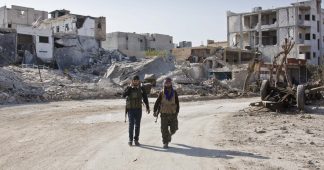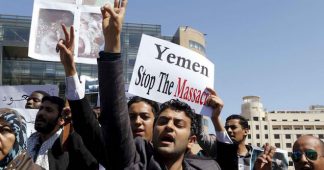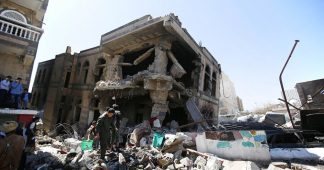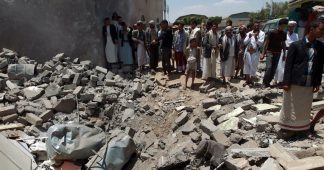Yemen’s Terrible War Is About to Get Worse
By April Longley Alley
On Saturday, Oct. 8, an airstrike from the Saudi-led coalition ripped through a crowded funeral in the heart of Yemen’s capital, Sanaa. At least 140 mourners were killed and more than 500 injured. The unprecedented strike has killed peacemakers, empowered militants, and fueled the desire for revenge, making the prospects for peace in this conflict ever dimmer.
Yemenis are no strangers to horrific attacks on civilians. After 18 months of war, both the U.S.-supported, Saudi-led coalition and its adversaries, a combination of Houthi rebels and fighters loyal to former President Ali Abdullah Saleh, stand accused of flagrant violations of international humanitarian law, perpetrated seemingly without consequence. The United Nations estimates the war has claimed more than 10,000 lives, including 4,000 civilians, with the majority of deaths caused by coalition airstrikes. Yet this strike stands out.
The attack is likely the single-most costly strike, in terms of civilian casualties, during the course of the war. While other violations have been shrouded in a fog of war, this one happened in the capital at a well-known landmark, reducing the chances of deniability or ambiguity about its legitimacy as a target. Many killed in the community hall were among the country’s political, tribal, and military elite, and their deaths have had significant political and social repercussions. It was also a clear violation of traditional norms that protect the sanctity of funerals, even between bitter enemies and warring parties.
Read the full article on International Crisis Group
